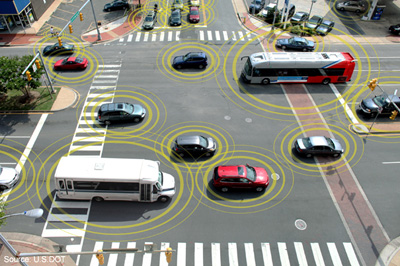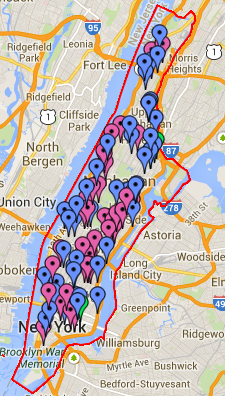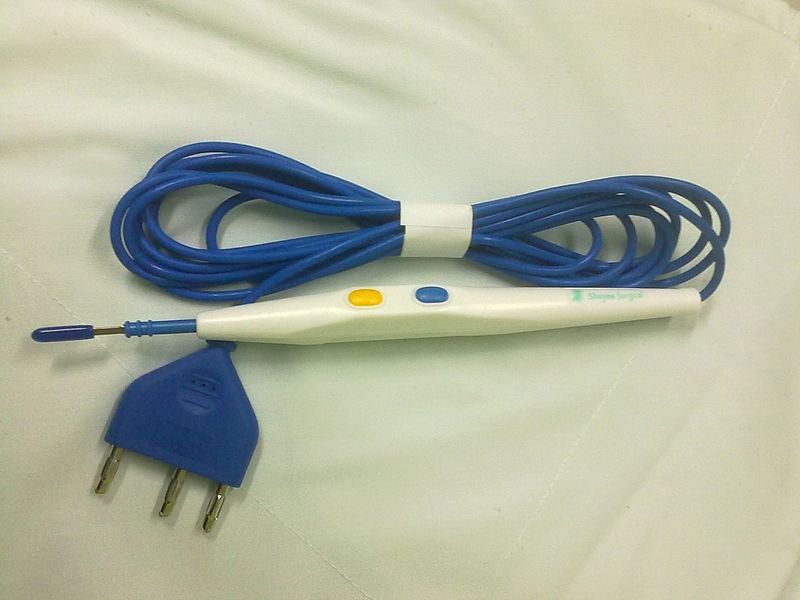 In the future some car accidents may be avoided thanks to vehicle-to-vehicle (V2V) communication technology. After a successful Pilot was launched in August 2012, the US Department of Transportation and the National Highway Traffic Safety Administration have taken the next step by announcing this week that it was taking steps to equip light vehicles with this amazing technology. (see press release)
In the future some car accidents may be avoided thanks to vehicle-to-vehicle (V2V) communication technology. After a successful Pilot was launched in August 2012, the US Department of Transportation and the National Highway Traffic Safety Administration have taken the next step by announcing this week that it was taking steps to equip light vehicles with this amazing technology. (see press release)
Research undertaken during the Pilot phase show that safety applications using V2V technology can address a large majority of crashes involving two or more motor vehicles. With safety data such as speed and location flowing from nearby vehicles, vehicles can identify risks and provide drivers with warnings to avoid other vehicles in common accidents such as rear-end, lane change, and intersection crashes. These safety applications have been demonstrated with everyday drivers under both real-world and controlled test conditions.
In this video an NBC TV crew is testing a pilot car. Its pretty amazing.
 New York Personal Injury Attorneys Blog
New York Personal Injury Attorneys Blog


 Broadway, First Ave, Second Ave and Seventh Ave are the most dangerous roads for pedestrians in Manhattan. According to The Tri-State Transportation Campaign, out of a total of 89
Broadway, First Ave, Second Ave and Seventh Ave are the most dangerous roads for pedestrians in Manhattan. According to The Tri-State Transportation Campaign, out of a total of 89  A recent study analysed all Medical Malpractice claims related to fires in the Operating Room that have been filed in the American Society of Anesthesiologists Closed Claims Database since 1985 and found that electrocauterization was responsible for 90% of the claims. The study “
A recent study analysed all Medical Malpractice claims related to fires in the Operating Room that have been filed in the American Society of Anesthesiologists Closed Claims Database since 1985 and found that electrocauterization was responsible for 90% of the claims. The study “ Our Partner
Our Partner 